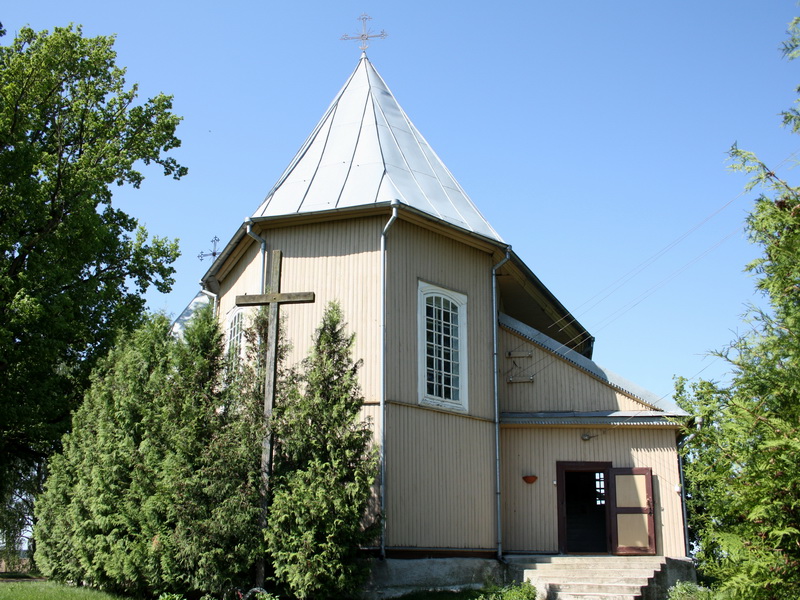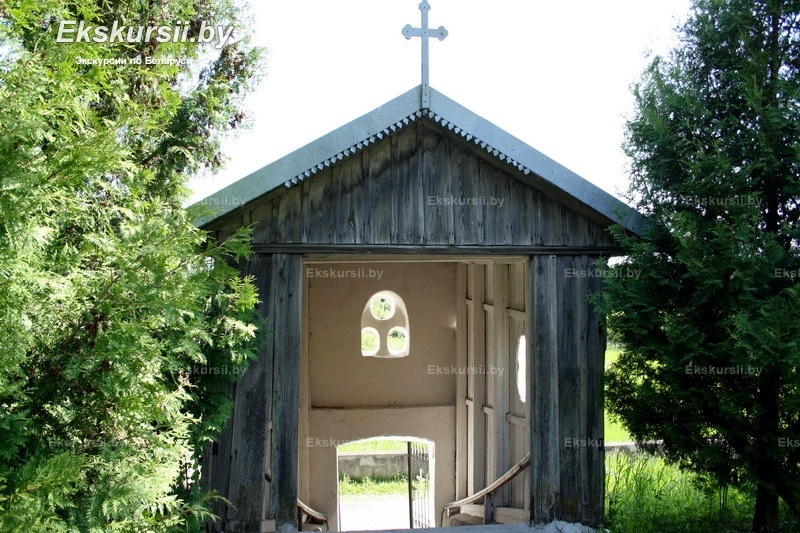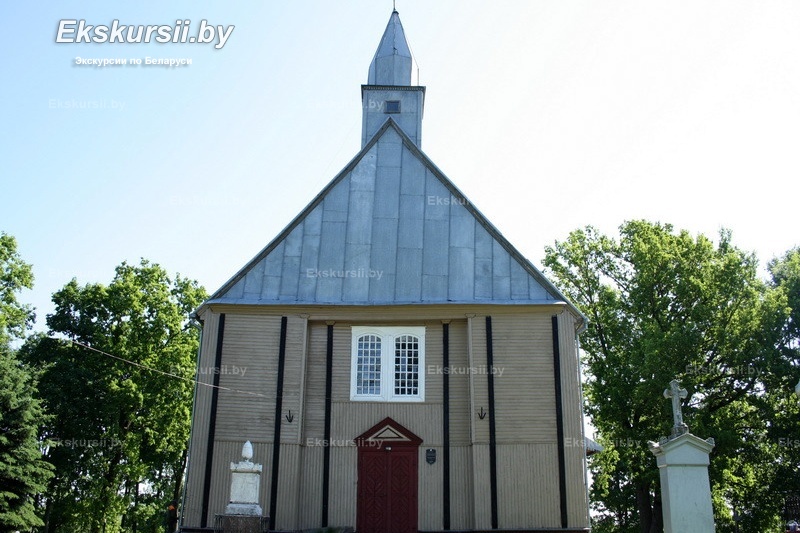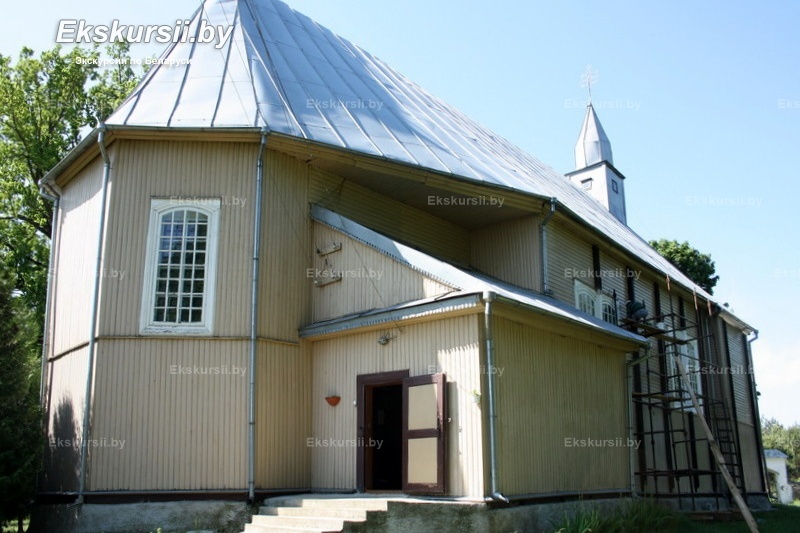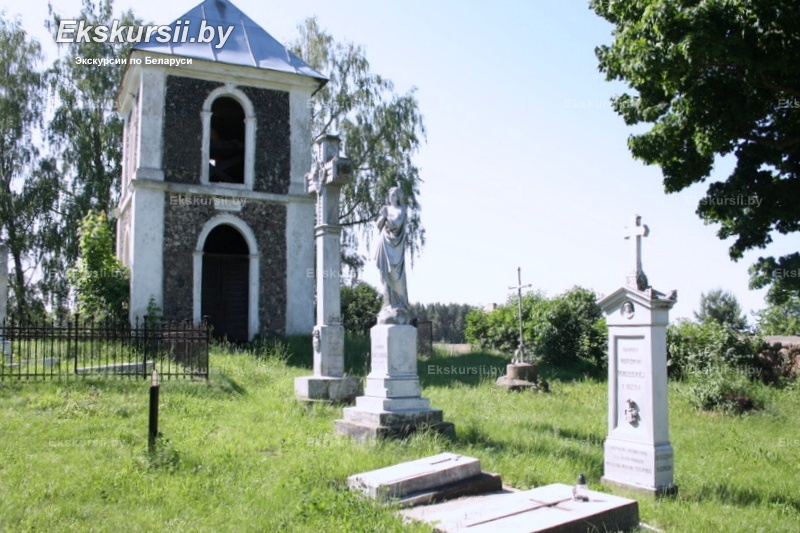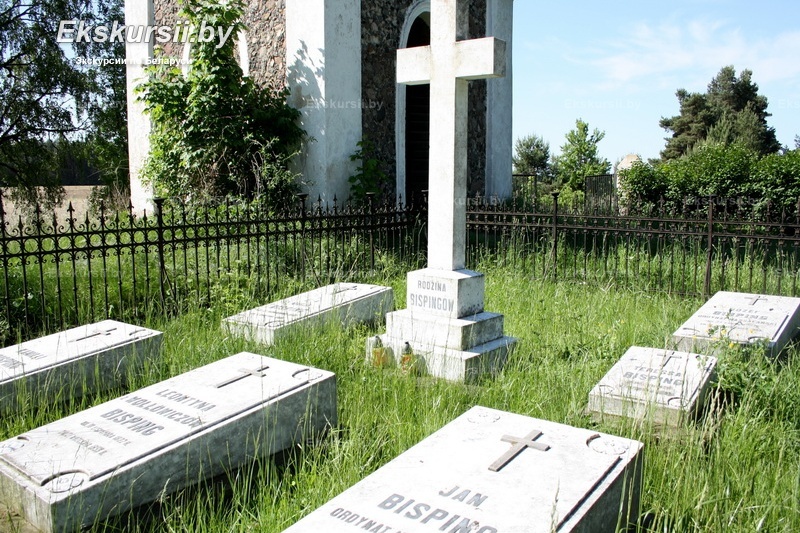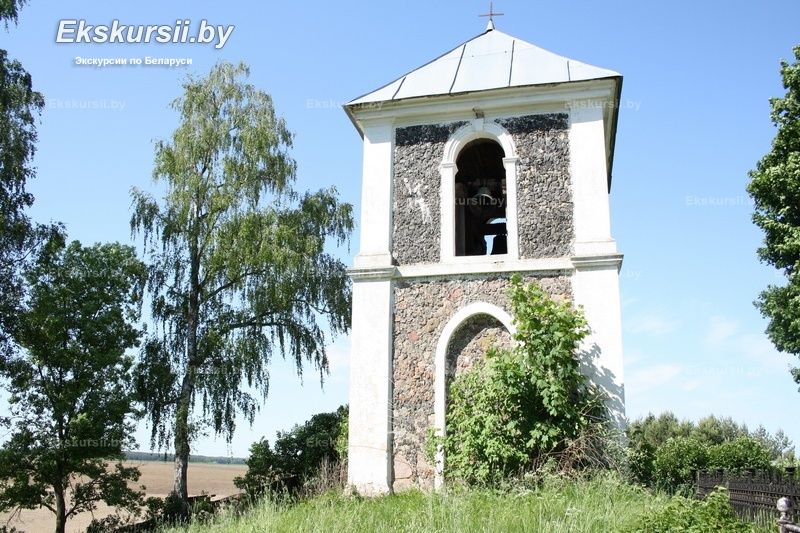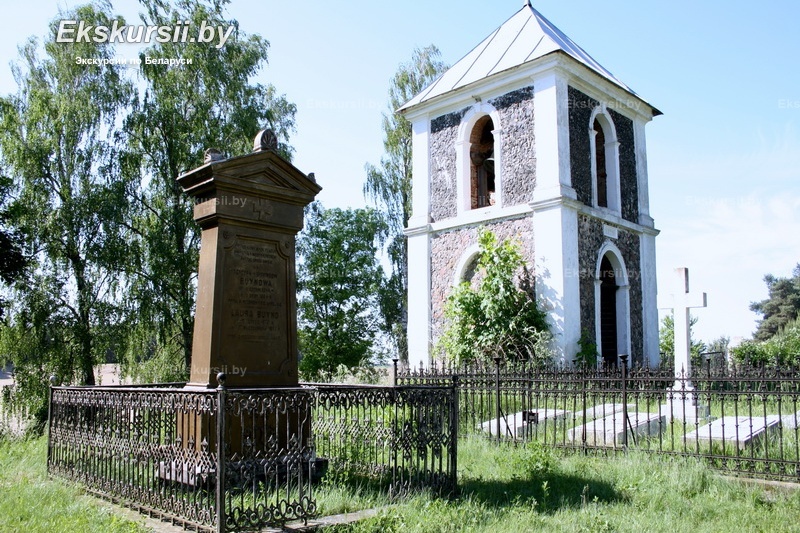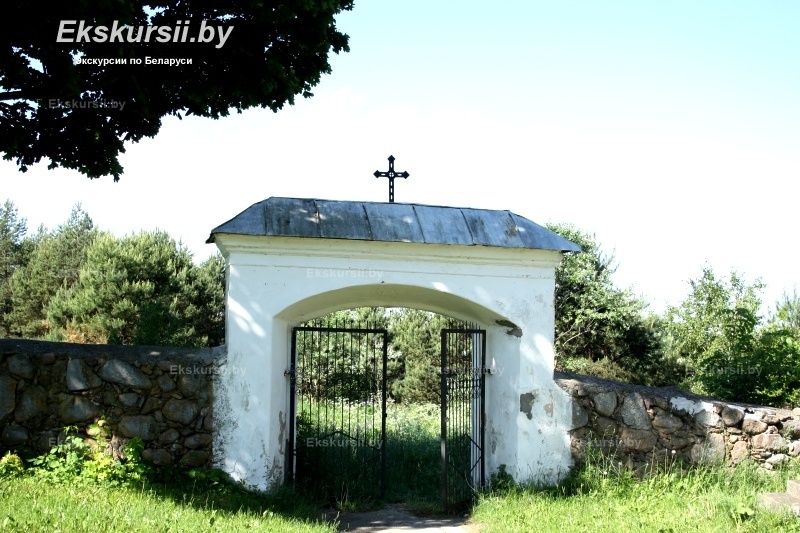The church is not just a historical building, but an important spiritual site that is still active and attracts pilgrims, tourists, and lovers of architecture. It is included in the routes of excursions across Belarus, especially those dedicated to sacred architecture, religious heritage, and rare wooden architectural monuments.
History of Construction
The Church of the Holy Trinity was built in 1740 on a territory that was then part of the Polish–Lithuanian Commonwealth. The construction was initiated by representatives of the local Catholic clergy with the support of noble families who cared about the spiritual life of the population. In the 18th century, the Catholic Church played an important role in the public and cultural life of the Belarusian lands, and the construction of such temples was an integral part of daily life.
Despite historical upheavals — the partitions of the Commonwealth, wars, and anti-religious policies during the Soviet period — the church survived and continued to perform its spiritual function. In the 19th and 20th centuries, it underwent several restorations, during which its main architectural and decorative elements were carefully preserved. The interior, including icons and paintings, was saved thanks to the efforts of local parishioners who protected the shrine during difficult times.
Today, the church is a unique combination of authentic historical appearance and a living spiritual tradition. It is included in excursions from Minsk and other cities to show tourists a rare example of a preserved wooden Catholic church from the 18th century.
Architecture and Spiritual Life
The church is built of wood — the main construction material of its time. It has a rectangular layout with a pentagonal apse, which is a typical feature of church architecture in Belarus. Its architectural appearance features Baroque elements: smooth facade lines, symmetrical composition, and decorative details. Although the church is entirely wooden, it creates the impression of a monumental and harmonious structure.
The interior decoration of the church draws special attention. Inside, there are three carved wooden altars, each of which is a true work of art. The main altar is adorned with the icon “Coronation of Mary,” painted in 1753. It is a unique example of 18th-century religious art. Additionally, the interior includes a decorative frieze and ornamental and narrative paintings created in the rare grisaille technique — a monochrome painting style using shades of grey and white to imitate volumetric sculptural forms.
Religious services are still held in the church, especially on Catholic feast days. It remains an active parish church where Masses, weddings, baptisms, and other ceremonies take place. Local residents cherish the spiritual traditions connected with the church, and tourists can not only admire the architecture but also feel a special atmosphere of faith and peace.
Excursions with Church Tour
Visiting the Strubnitsa Church of the Holy Trinity is an essential part of cultural and pilgrimage routes across Belarus. It is included in excursions dedicated to religious architecture, wooden heritage, Baroque monuments, as well as tours through the southern part of the country. Due to its remote location from large cities, the church remained relatively undisturbed for a long time and is now a real treasure for tourists interested in little-known gems of Belarusian culture.
You can book an excursion with a guided church tour on our website. Excursions from Minsk are especially popular, allowing you to explore several unique architectural landmarks in one day, among which the Strubnitsa Church holds a special place. Guides will tell you about the complex history of the temple, the symbolism of its paintings and altars, and the role it played in parish life over the past three centuries.
Such an excursion is suitable both for those interested in history and architecture and for those seeking spiritual inspiration, peace, and a connection with the traditions of the past. The Strubnitsa Church is not just a stop on the route but a place where history and faith still live in every wooden detail, every brushstroke, and every sound of the church bell.
